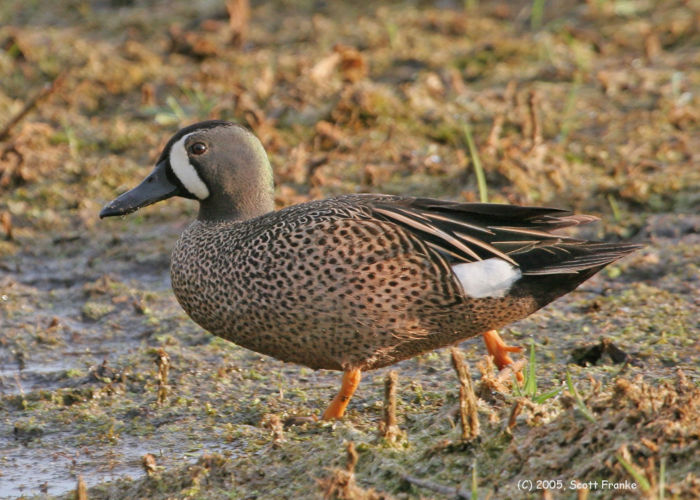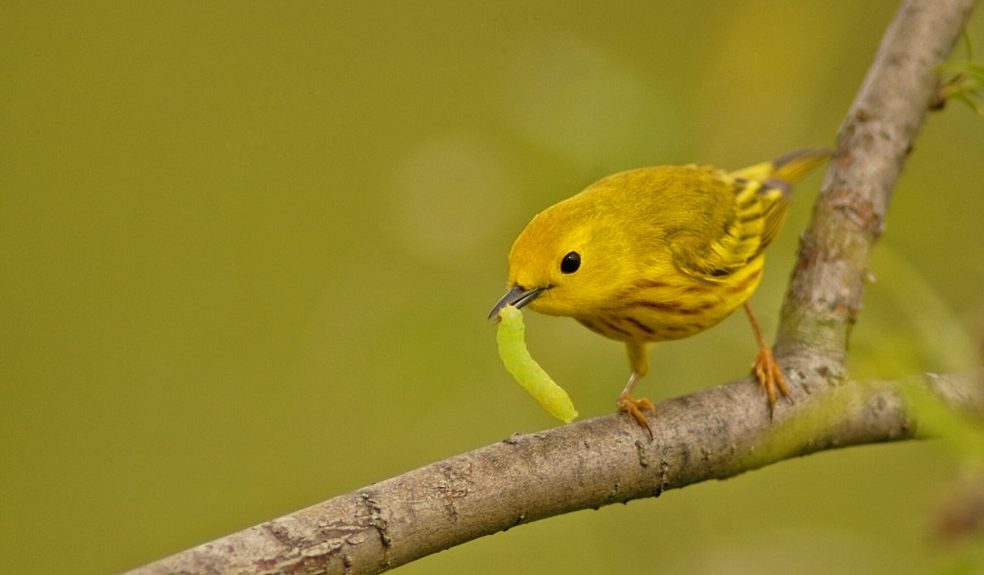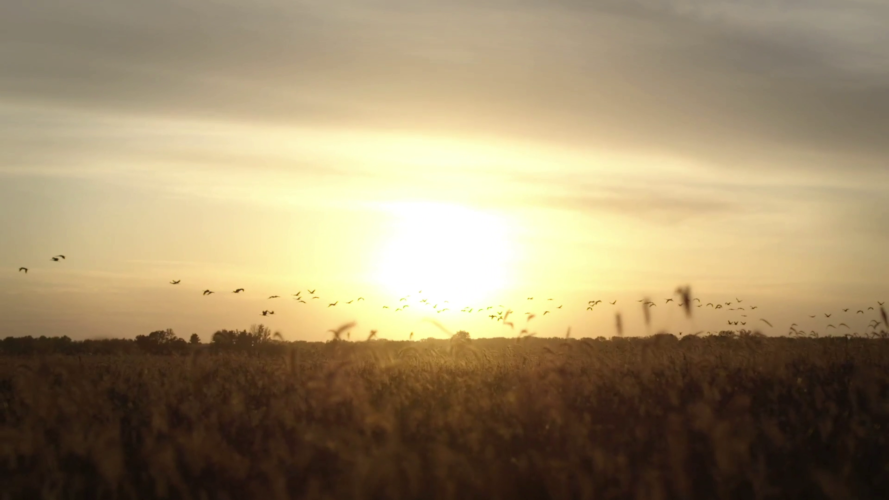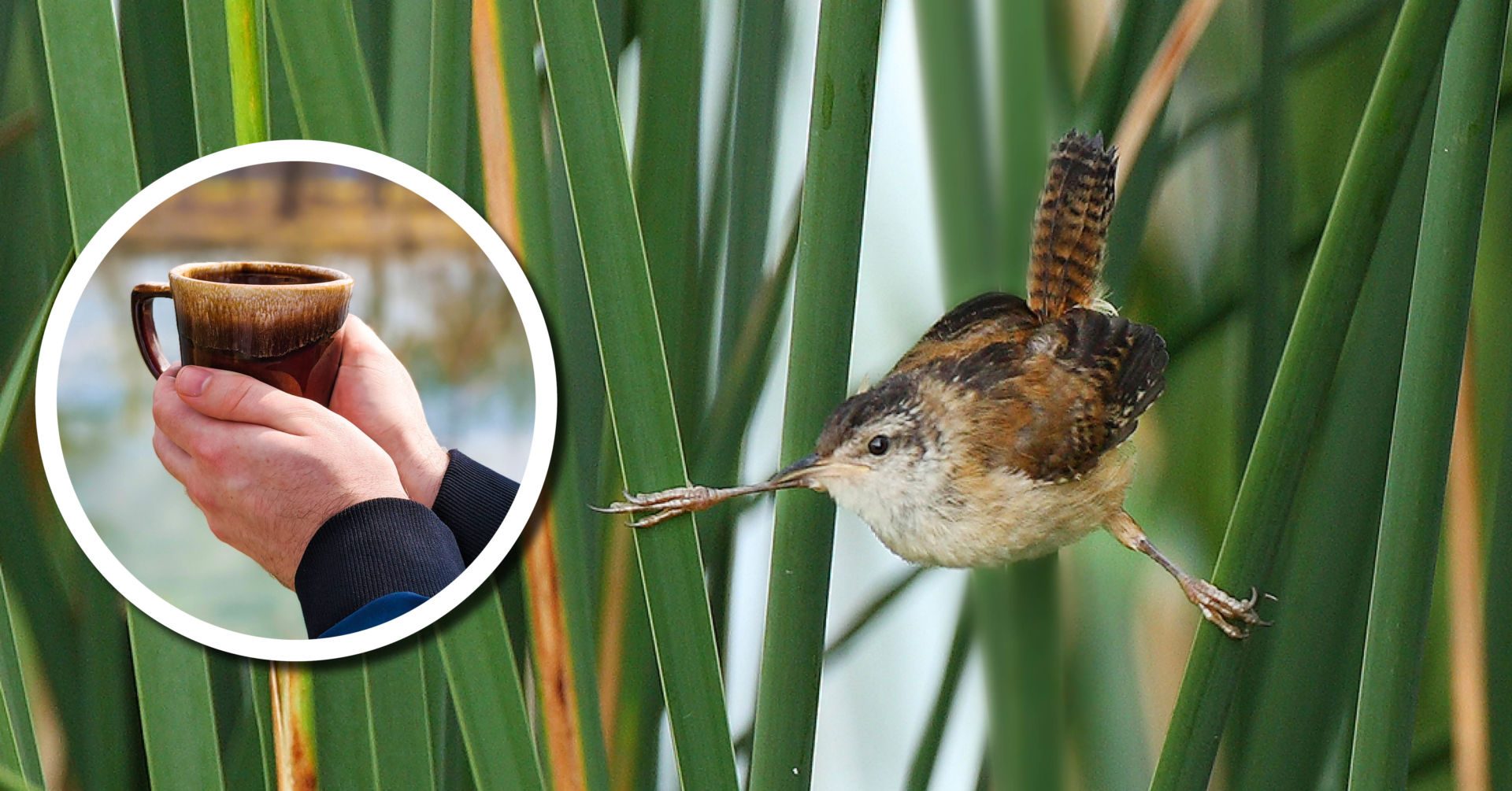This article was written by Kim Grveles and Sumner Matteson and was originally published in our print newsletter.
One of the most important events in the life of a migratory bird is migration – the pilgrimage between its winter and summer homes, and then back again. This is a period of great vulnerability, a time when birds experience their highest mortality rates. Finding suitable habitat along the way is paramount to survival for most species because their migration occurs in steps rather than in one fell swoop. These habitat patches, called “stopover” sites, provide migrants with appropriate cover in which to rest, refuel, and seek protection from predators and inclement weather before moving on to the next leg of the journey. A diversity of wetland community types provides essential stopover habitats for members of every bird group in Wisconsin.
Shallow emergent marshes (<1.6 ft deep) with adjacent exposed mudflat areas are important to migrant dabbling ducks (e.g., American Wigeon, Mallard, American Black Duck, Blue-winged Teal, and Northern Pintail). With increasing water depth (1.6-5 ft), the plant community gradually shifts to a mosaic of emergent, floating, and submersed plants that are favored by diving Ring-necked Ducks, Lesser Scaup, geese, and swans. Wild rice stands with the right water depth serve as valuable stopover habitat for Wood Duck, Mallard, Redhead, Canvasback, and other migrant waterfowl. Additional priority stopover habitats for waterfowl include seasonally flooded basins (1-10 acres) in agricultural fields as well as hard water inland lakes and flowages greater than five acres in size.
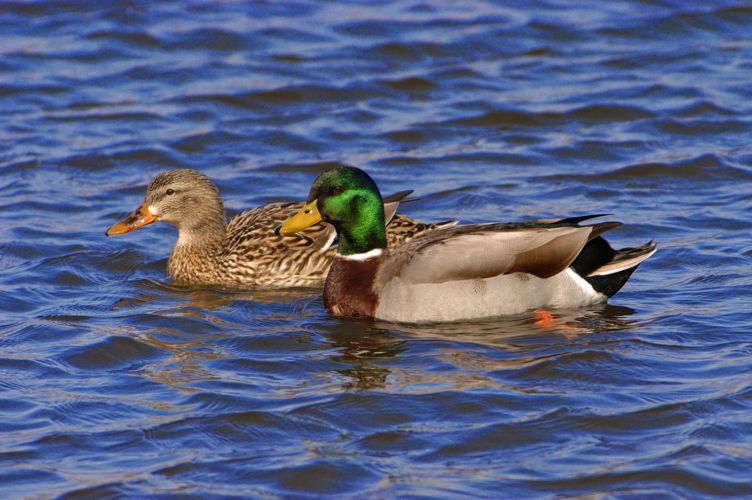
The term “waterbirds” comprises a diverse assemblage of species that include colonial breeders (gulls, terns, herons, egrets, cormorants, pelicans) and solitary nesting marsh birds (rails, bitterns, coots, cranes, loons, grebes). Marshes provide abundant foraging opportunities for these migrant species. Mudflats and exposed shorelines of emergent marshes contain aquatic plants eaten by Sora, Virginia Rail, and Common Moorhen and aquatic invertebrates consumed by American Bittern, Virginia Rail, and King Rail. Shallow water areas adjacent to mudflats are foraging areas for Great Egret, Snowy Egret, Green Heron, and Great Blue Heron, while open water zones surrounded by scattered emergent vegetation are important features for Pied-billed Grebes and Red-necked Grebes. Large marshes (>50 acres) within a wetland complex of sedge meadows, low prairies, fens, and lowland hardwood swamps offer various stages of succession and thus are considered high priority for conservation of this bird group. Wading waterbirds may also find refuge in shrub-carr, alder thickets, and coniferous swamps associated with river mouths along the Great Lakes shorelines.
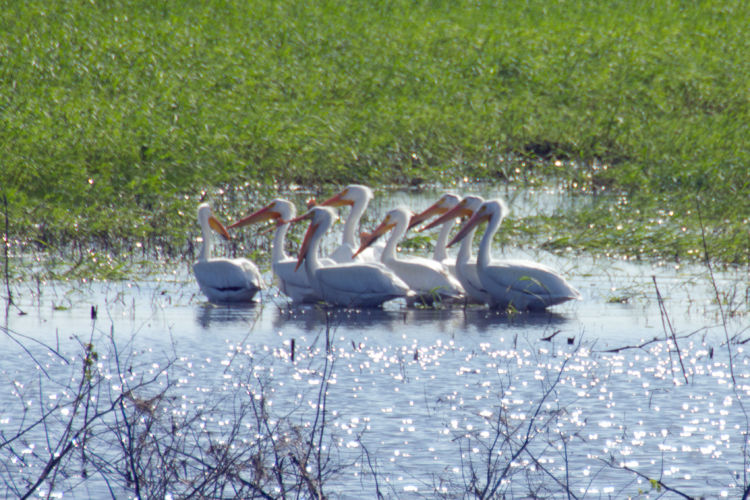
Habitat characteristics of most shorebird stopover sites include shallow water (1-8 in) interspersed with sparsely vegetated mudflat areas, undisturbed resting areas, and abundant invertebrate food resources. Most species (except Solitary Sandpiper) favor an open aspect with clear sight lines for viewing possible predators such as falcons. These conditions occur in a variety of habitat types, including natural and managed seasonally flooded basins, river floodplains, reservoirs, sandy shorelines, open mud flats, and uplands associated with wetlands (i.e. low prairie, open beach sand, and gravel bars). Agricultural fields that are shallowly flooded during migration can also provide excellent resources for shorebirds.
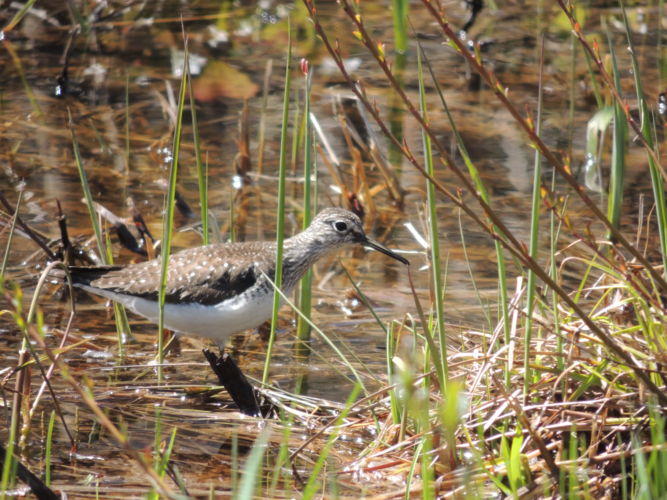
Songbirds and other landbirds may use structurally-dense, shrub-dominated wetlands (e.g., shrub-carr and alder thicket) more frequently than other forested community types during migration. For example, a 2001 study of migrant habitat use in northern Wisconsin demonstrated that alder thickets, shrub-carrs, and other wooded wetlands had greater species diversity, more long-distance migrants, and higher numbers of individuals relative to other forested habitats in the area. Coniferous swamps along with cobblestone beaches of the Great Lakes shore, as well as inland floodplain forests, lowland hardwoods, and coniferous swamps, provide spring migrants with important food sources, such as midges and mayflies. In fall, shrub-carr thickets offer protective cover and high-energy fruit. Additionally, migrating raptors such as Sharp-shinned Hawks that feed on land birds will visit at least some of these habitats in pursuit of their prey.
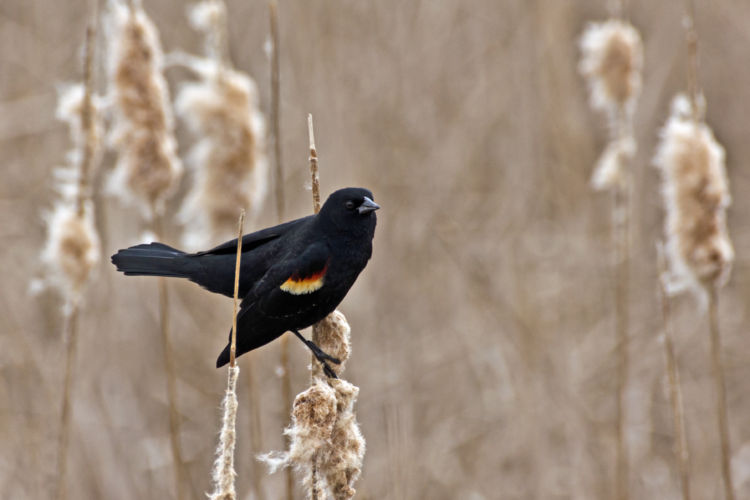
For more information, including great places to view migratory birds and suggestions of things you can do to support migrating birds, visit the Wisconsin Stopover Initiative website.
Photos by Scott Franke, Dennis Malueg, Ken Tapp, and Kathy Wendling.
Related Content
Wetland restoration and bird monitoring on the Oneida Nation
Learn about how a partnership with Oneida Nation, collecting bird data on their restored wetlands.
Wetland Coffee Break: Birding Wisconsin’s wetlands

